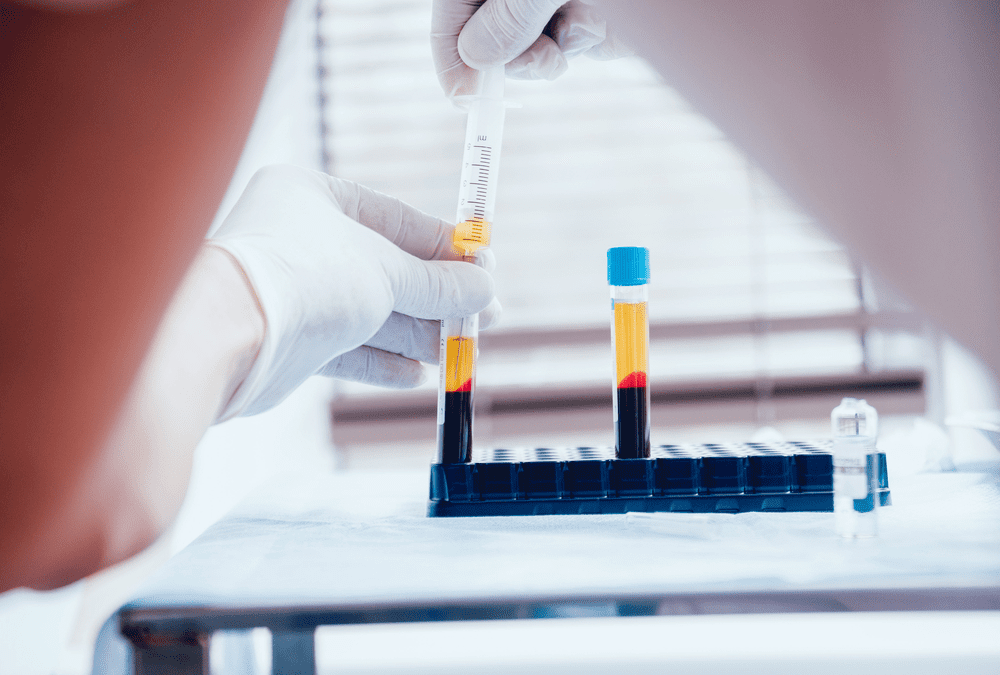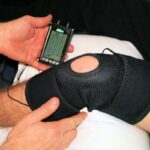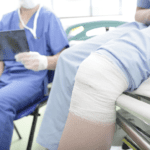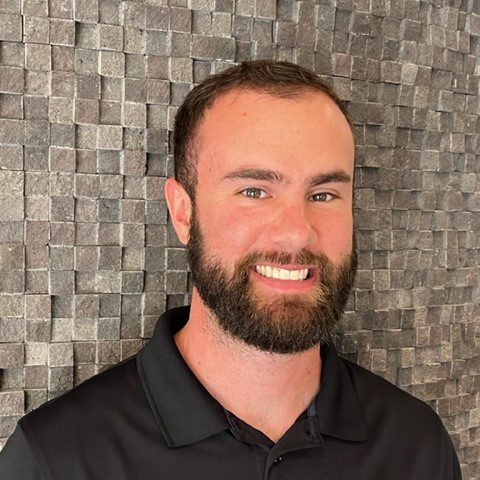It feels like you’ve tried everything to improve your joint pain, but still it persists. At B3 Medical in Wesley Chapel, Tampa, and Riverview, FL, we recommend a solution you may not be familiar with: PRP injections. PRP stands for platelet-rich plasma and, as an inherently safe treatment, harnesses the healing powers of your own blood to repair joint tissues and alleviate pain.
9 Benefits of Getting a PRP Injection for Joint Pain
1. Subdues Inflammation
Inflammation is the body’s natural response to injury. It’s crucial to fighting infections, repairing wounds, and defending the body against bacteria. Many times, inflammation is acute and protects us from the deadly effects of even simple injuries and illnesses.
Chronic inflammation, however, is not so beneficial. This long-term condition can lead to damaged cells, organs, and tissues. In joints, pain and chronic inflammation go hand-in-hand. When left untreated, these symptoms lead to:
- Weak and stiff joint tissues
- Increased swelling
- Muscle loss
- Damage to bones and cartilage
- Nerve damage
- Reduced range of motion
The Effects of PRP on Inflammation
Most joint-related disorders induce inflammation. This makes sense, as it is the body’s first line of defense. PRP, however, contains growth factors that encourage the production of fibroblasts and endothelial cells. The former are particularly important because they help flip the switch from chronic inflammatory states to adaptive tissue repair.
What does this mean? Essentially, the growth factors contained in PRP help quell inflammation. They also help new blood vessels develop to increase circulation to an injury site that, in turn, sweeps away waste materials and accelerates repair.
2. Improves Joint Function
After an injury, swelling comes as an almost immediate effect of inflammation. Again, the purpose of inflammatory responses is to remove damaged tissues. Part of this process involves increased blood flow to tissues, which is quickly followed by a rush of proteins, white blood cells, and fluids that cause swelling.
Many times, swelling becomes so severe that it impedes function, especially in the joints. In the knee or ankle, this can impede your ability to walk; in the elbow or shoulder, moving your arm may become difficult. But in tackling the inflammatory response ignited by an injury, PRP can also reduce swelling. Joint function then slowly but surely improves as fluids and cells evacuate the injury site.
3. Ignites Cartilage Growth
Doctors from the University of California have confirmed that PRP injections cause cellular changes within joints. Among these changes is the regeneration of cartilage, a smooth substance that serves many functions in the body. In joints, it cushions bones and protects against weight-bearing damage.
The increase of cartilage is owed to platelets contained within PRP. Once injected into an injury site, platelets naturally attract stem cells. A higher concentration of platelets correlates to a higher concentration of stem cells, which continue to multiply and then differentiate into cartilage cells. Keep in mind that stem cells are able to transform into what the body needs most; in the case of joint damage, cartilage ranks as crucial.
4. Prompts Collagen Synthesis
We often think of collagen as being important to skin health and forget it’s also crucial to the joints. But the facts might startle you: collagen comprises 70% of joints and is key in maintaining cartilage structure. You can therefore see how keeping this fibrous protein at sufficient levels is essential to joint flexibility and health.
Studies from the U.S. National Library of Medicine confirm that PRP can substantially boost collagen production. Even one injection can be effective in this process, while several treatments can lead to further increases.
5. Increases Range of Motion
The cumulative effect of subduing inflammation, improving joint function, and igniting collagen and cartilage growth leads to an increased range of motion. This is crucial to helping you regain strength at the injury site. Without mobility, you cannot properly work the joint. But once you’re able to move more freely, even if range of motion is not yet completely restored, you can focus on exercises that will build your strength and endurance.
6. Eases the Need for Prescription Painkillers
In the 1990s, the medical community at large increasingly treated pain with prescription medicines known as opioids. Since that time, we’ve learned much about these painkillers, including the detrimental impact they can have on mental health. To speak plainly, opioid addiction is a problem that surpasses even chronic joint pain.
PRP injections can ease the need for prescription painkillers by reversing tissue damage. Many times patients are able to stop using painkillers altogether. This means less dependency on opioids and a detour from the side effects these medications can pose, including:
- Fatigue
- Constipation
- Nausea
- Clouded thinking
- Mood swings
7. Heals Tissues Rather Than Mask Symptoms
Traditional medicine often treats symptoms rather than focus on root causes, meaning the underlying problem remains even if the symptom, like pain, is masked. But the goal of PRP is to heal tissues and correct other problems like cartilage degradation and lost lubrication between joints. The potency of these effects can repair, or at least rejuvenate, damaged joints.
From a long-term perspective, this significantly improves quality of life. When you’re no longer seeking constant relief for pain, or dealing with the debilitating emotional and physical effects of joint damage, you’re able to once more enjoy a variety of activities.
Renewed Interest in Life
It’s easy to forget that after years of battling an ongoing injury, many patients become more confined. This can have consequences that include depression and increased stress on family members who must serve as caregivers. But PRP can lead to real healing that opens new doors for patients, allowing them to once again travel, garden, or even engage in exercise.
8. Repairs Tendons and Ligaments
Tendons connect joints to muscles, so any injury that impacts these tissues can directly impact joints as well. Unfortunately, tendon and ligament damage is more than routine; it’s one of the most common of all adult health problems. Once injured, these tissues rarely regain complete biomechanical traits because of scarring, which only makes them more susceptible to repeat damage.
But PRP is changing this landscape. You already know it contains growth factors, but what you may not know is that these are directly involved in tendon and ligament repairs. High concentrations of growth factors serve to accelerate healing, allowing tendons and ligaments to regain previously lost strength that protects joints and may also deter from future injuries.
9. Speeds Recovery Time
While treatment itself doesn’t deliver immediate results (it takes between three and four weeks to begin seeing the effects), PRP speeds the overall recovery process to get the body back to work. This is especially important for athletes who cannot afford to be down for lengthy periods of time. It’s also beneficial for patients who have previously tried other treatment options, like physical therapy and pain medications, to no avail and are eager for relief.
PRP can restore joint health in a variety of ways, from reducing inflammation to repairing tendons and ligaments. This leads to improved strength and mobility so patients can reclaim their quality of life. To learn the ways this treatment can benefit you, call B3 Medical in Wesley Chapel, Tampa, and Riverview, FL, today.



























